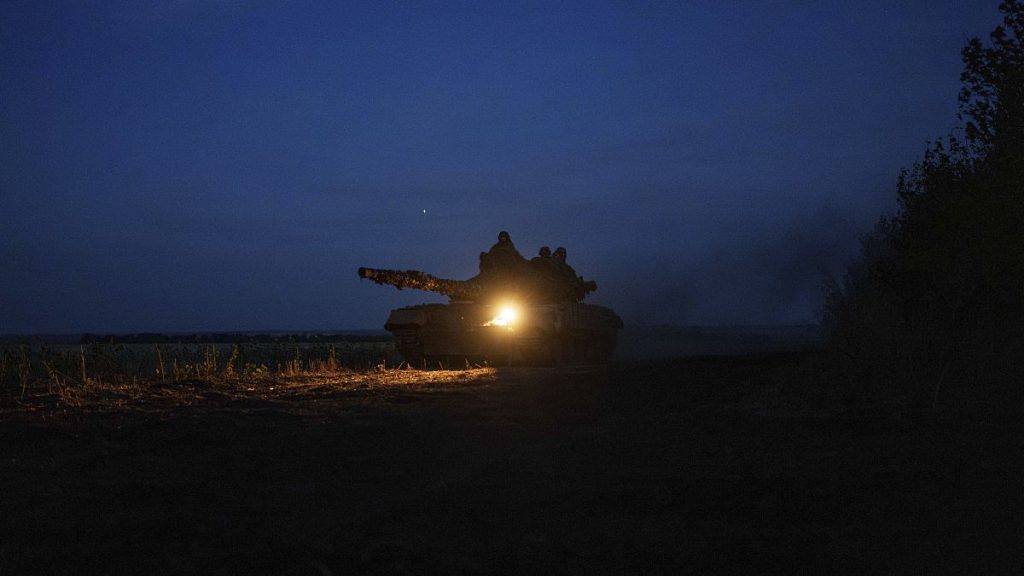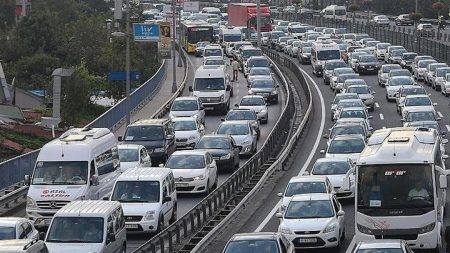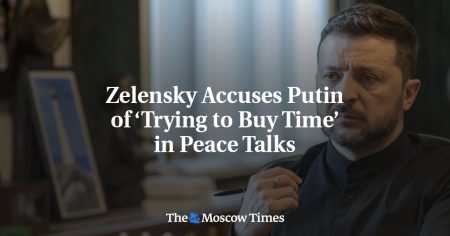Russia has been intensifying attacks on multiple sectors of the eastern front, specifically targeting Ukraine’s defences in the Donetsk region towards the towns of Kurakhove and Pokrovsk. According to reports from Ukrainian forces on the ground and geolocated footage, Russian troops have advanced with two mechanised assault units south of Kurakhove, specifically targeting areas in northern and northeastern Dalne and fields east and southeast of the town. The Institute for the Study of War think tank assesses that these advances are likely aimed at bypassing a string of settlements north of Vuhledar, posing a notable challenge to Ukrainian forces. Further advances could force Ukrainian forces to withdraw from positions in the pocket north and northeast of Vuhledar, allowing Russian forces to advance along the highway and put pressure on Ukrainian positions in Kurakhove from the south.
Over the summer, the Kremlin focused its efforts on pushing towards the important logistics hub of Pokrovsk in the western part of the Donetsk region. Russian forces took the nearby town of Novohrodivka in August and are now less than 7 kilometres away from Pokrovsk. Kyiv has sent reinforcements to try to stall Russia’s advance in this area. Ukrainian military officials are warning that Russian forces may intensify assaults in the Zaporizhzhia region in the near future. Colonel Vladyslav Voloshyn, spokesperson for the Ukrainian Tavriisk Group of Forces, stated that Russian forces are moving trained assault groups to forward positions in the occupied Zaporizhzhia region, particularly concentrated near Kamyanske, northwest of Robotyne, south of Zaporizhzhia City, Hulyaipole, northeast of Robotyne, and Robotyne itself. It is unclear whether the Russian military intends to conduct a unified offensive operation or separate assaults in this region, but there has been an increase in air strikes in southern Ukraine by 30 to 40% in the past two to three weeks.
Experts warn that Russian advances in these regions could have significant strategic implications for Ukrainian forces, potentially forcing them to make tactical decisions in response to the intensified attacks. Russian forces are strategically positioning themselves to cut off key supply lines and create pressure points that could weaken Ukrainian defences. The situation on the ground remains fluid, but there is a growing concern that Russia’s recent advances could lead to further escalations in the conflict. Ukrainian forces are also preparing for potential increased assaults in the Zaporizhzhia region, where Russian forces have been moving into position in recent weeks. The Kremlin’s military strategy in Ukraine appears to be focused on gaining control of key territories and infrastructure to exert influence and pressure on Ukrainian forces.
The Ukrainian military is closely monitoring Russian movements and preparing to defend against potential attacks in multiple regions, including the Donetsk and Zaporizhzhia areas. Despite facing a well-equipped adversary, Ukrainian forces are determined to protect their territory and resist Russian advances. The international community continues to watch the situation closely, with concerns about the humanitarian impact of the conflict and the potential for further destabilization in the region. Efforts to engage in diplomatic negotiations and find a peaceful resolution to the conflict are ongoing, but the intensification of Russian attacks raises questions about the prospects for a peaceful resolution. As the situation continues to evolve, the stakes remain high for both Ukrainian and Russian forces, as well as for the broader region.















